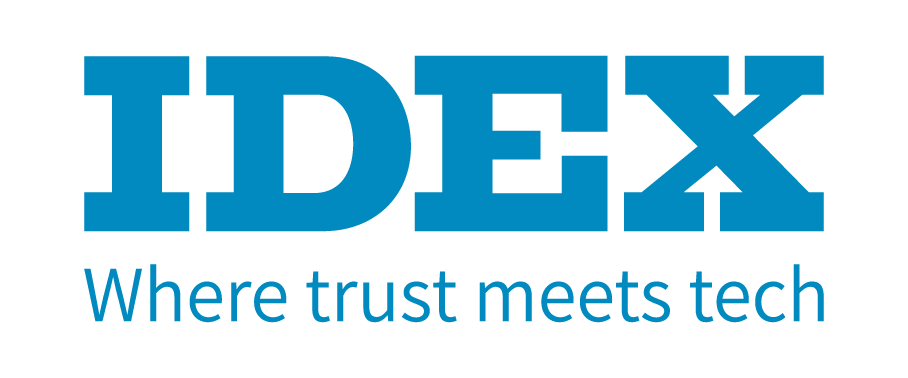Jewelers’ Participation in Indian Gold Hallmarking Scheme Rising
September 07, 06
The number of jewelers participating in the Bureau of Indian Standards (BIS) scheme for gold hallmarking has risen sharply in the first eight months of 2006. The scheme, launched in 2000, operates on a purely voluntary basis, however, the government has announced that participation will become mandatory by January 1, 2008.
Speaking to the press, BIS Director General S. B. Sharma said, "Jewelers are seeking more licenses from us after the gold hallmarking scheme [was] simplified and rationalized in January this year."
Though only 935 jewelers had signed up for the scheme from its inception until the end of 2005, the numbers have doubled in the last eight months, reaching 2,053 participants in early September. In addition, while an average of 16 licenses were granted each month until December 2005, that number shot up 117 per month in the first half of the current year. Similarly, the number of articles hallmarked, which stood at 6,240,000 at the end of 2005, has now exceeded 13,200,000.
The surge in numbers can be attributed to a three pronged strategy adopted by the BIS, which includes increasing consumer awareness through a sustained publicity campaign in both the print and electronic media, simplification of procedures and rationalization of costs for participation by jewelers, and incentives to entrepreneurs interested in setting up assaying and hallmarking centers.
According to Y.P. Singh, Additional Director General, BIS, “The response has been strongest in the west with Maharashtra and Gujarat together accounting for 645 of all licensed jewelers i.e. over 33 percent of the all-India figure.”
In terms of volume, BIS hallmarked about 52 tons of gold in 2005-2006. Though this is expected to increase in 2006-2007, it is only a small fraction of the amount used in jewelry fabrication across the country. India imports 800 tons of gold each year, and nearly 80 per cent is reportedly used in the fabrication of jewelry.
Most of the estimated 300,000 jewelers spread across India are in the unorganized sector. Therefore, the number of hallmarked jewelers, even after the recent increase, is still only a small percentage of the total number of jewelers operating in India.
One of the major bottlenecks in the system is the lack of adequate infrastructure. Currently, there are only 37 BIS approved Assaying and Hallmarking Centers (AHMC) across the country.
Sanjeev Agarwal, Managing Director, Indian Sub Continent, at the World Gold Council (WGC), firmly believes that, “Without more hallmarking centers we cannot make the scheme more effective. The government should offer some fiscal schemes like grants and incentives to encourage the setting up of centers.” The WGC was actively involved in the initial promotion of the scheme and currently plays an advisory role to the government.
The BIS recently announced a 15 percent subsidy on machinery and equipment to the first AHMC to get approval in each of 35 specified new locations.
The Indian Minister of Company Affairs, P. C. Gupta has also indicated that the government plans to set up 500 surveillance centers in every major Indian city to monitor the quality of gold and silver jewelry that is sold.